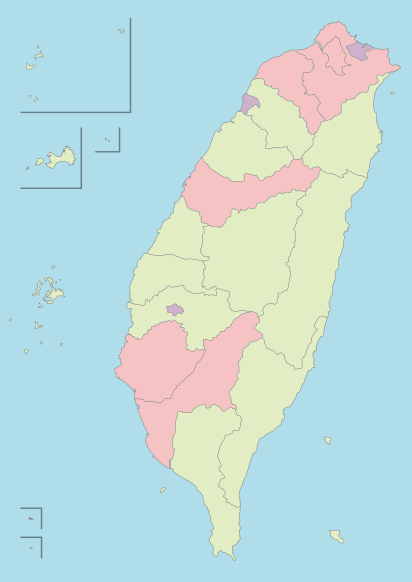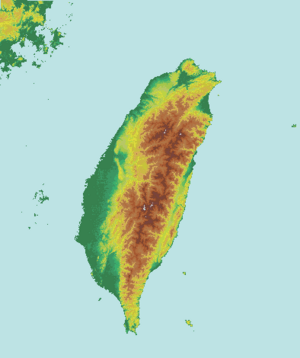North-South divide in Taiwan facts for kids
The North-South divide in Taiwan refers to differences between the northern and southern parts of the island. For a long time, the Taiwanese government invested more in northern Taiwan. This led to an imbalance in many areas. These areas include jobs, money, healthcare, and education.
Because of these differences, people in southern Taiwan often feel they are not treated fairly. For example, the best schools are mostly in the north. If you live in the south and want to study advanced topics, you might need to move north.
Contents
Understanding Taiwan's North-South Differences
How Taiwan's Economy Changed
From 1980 to 2000, salaries in Taiwan started to get higher. This made some companies move their factories out of Taiwan. At the same time, new companies grew in Taiwan. These companies made more advanced products. They also offered jobs that needed a college education.
Since many top schools were near Taipei, these new companies often chose to set up in northern Taiwan. This meant more jobs and opportunities appeared in the north.
Before 1980, Taiwan's main jobs were in farming and fishing. There were also light and heavy industries. Taiwan was under Japanese rule from 1895 to 1945. During this time, resources were shared more equally. This meant people in the south could find jobs closer to home. This continued even after the KMT party took over in 1945.
Population Shifts and Housing Costs
Because the government invested more in the north, many people from southern Taiwan moved north. They went there to find better jobs. This led to more and more people living in northern Taiwan.
However, northern Taiwan does not have much flat land for building. This made the cost of houses in the north very expensive. People from the south found it hard to buy a home there.
Impact on Families and Birth Rates
High housing costs in the north made people decide to have fewer babies. People in the south also had fewer babies because they did not have enough money. This has led to a very low birth rate in Taiwan. Taiwan is now one of the countries with the lowest birth rates in the world.
In southern Taiwan, you often see "Skipped Generation Families." This means young children live with their grandparents. Their parents have moved to northern Taiwan for work. So, the grandparents become the main caregivers for these children.



